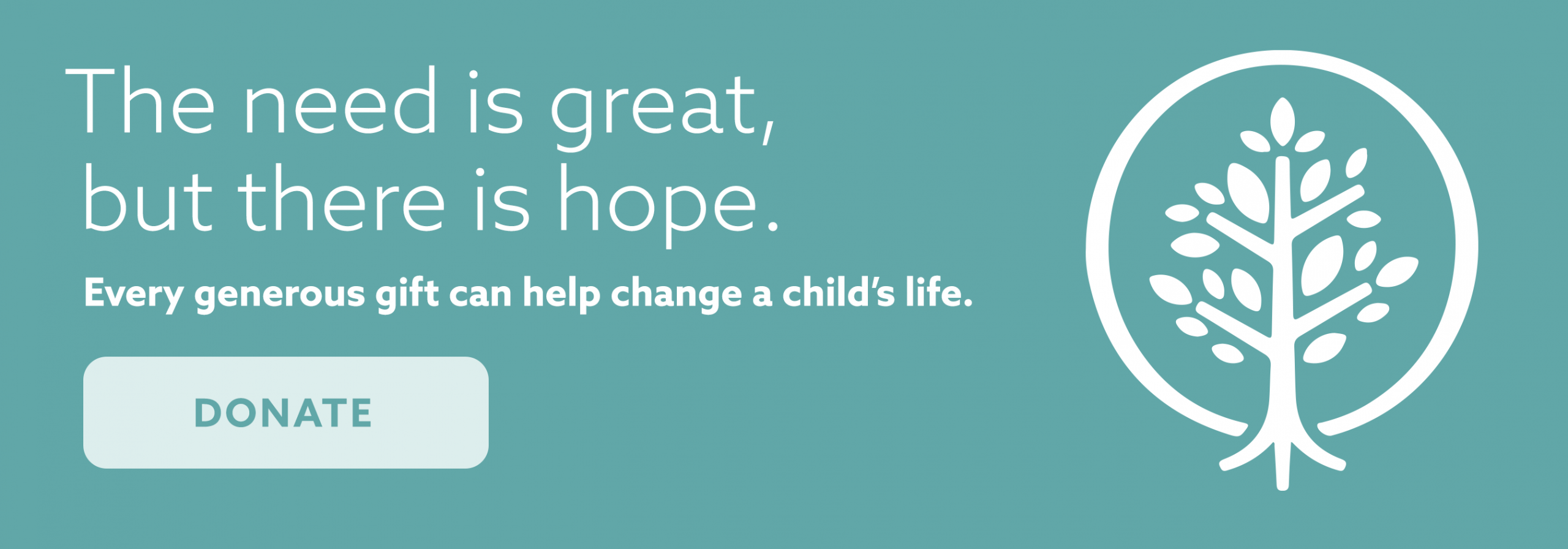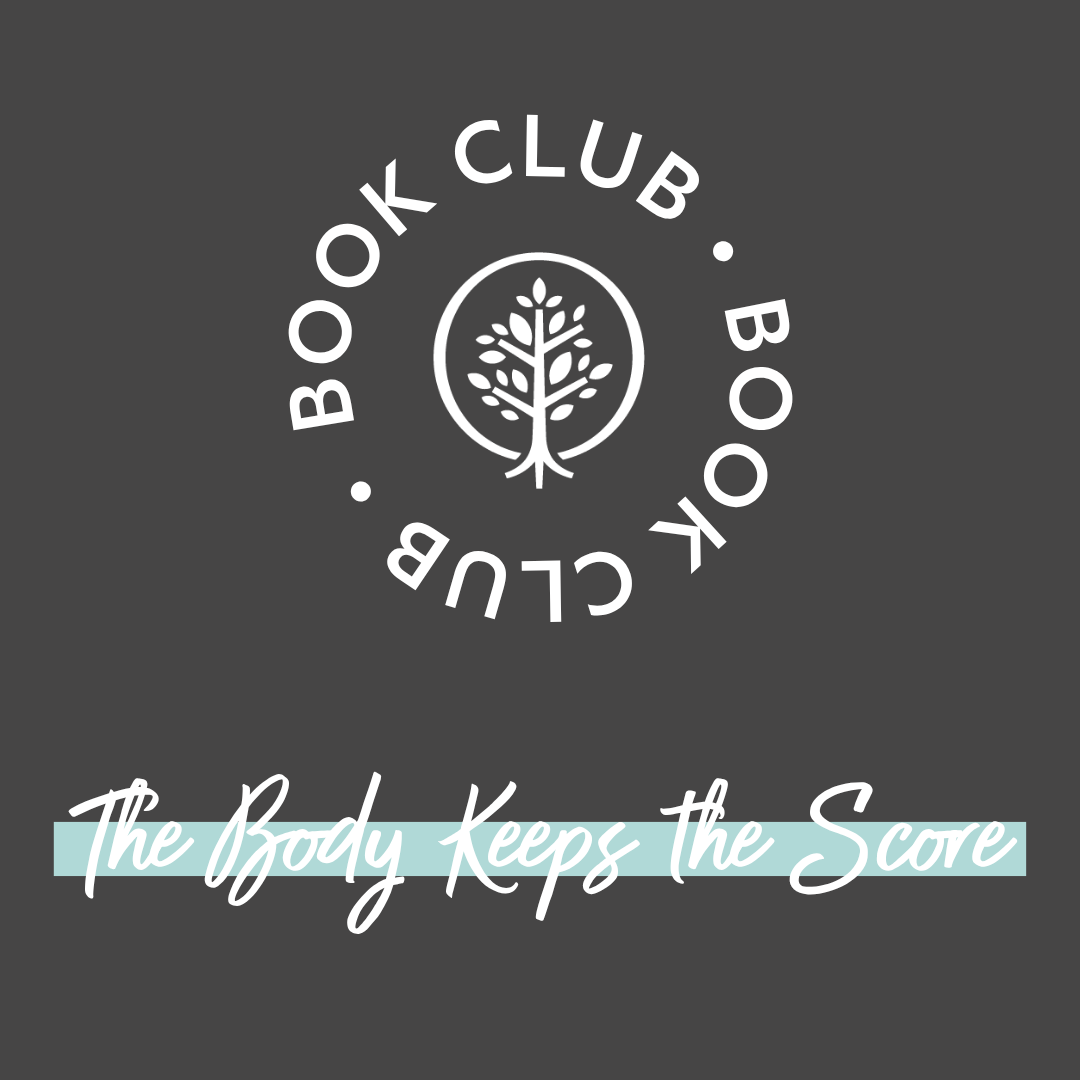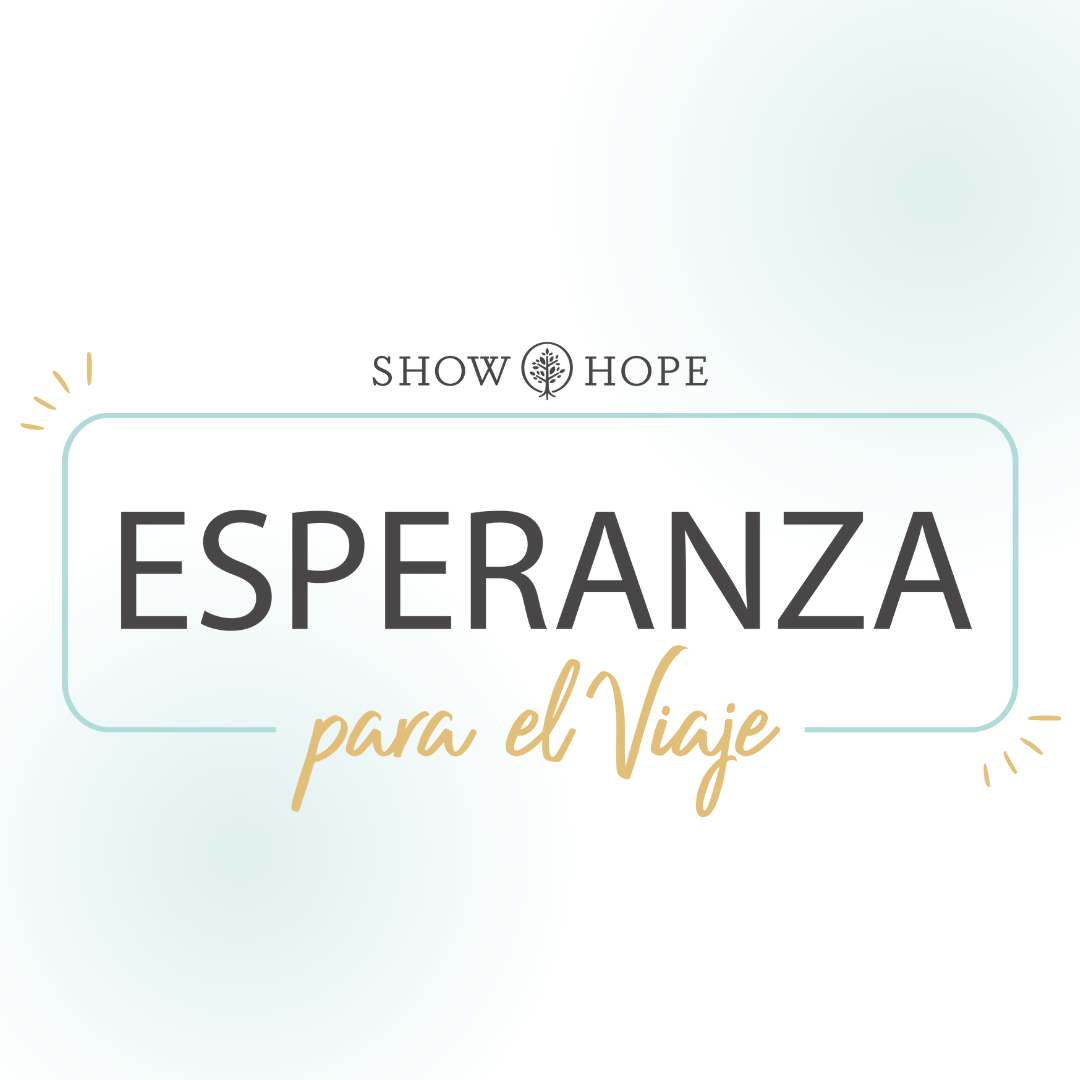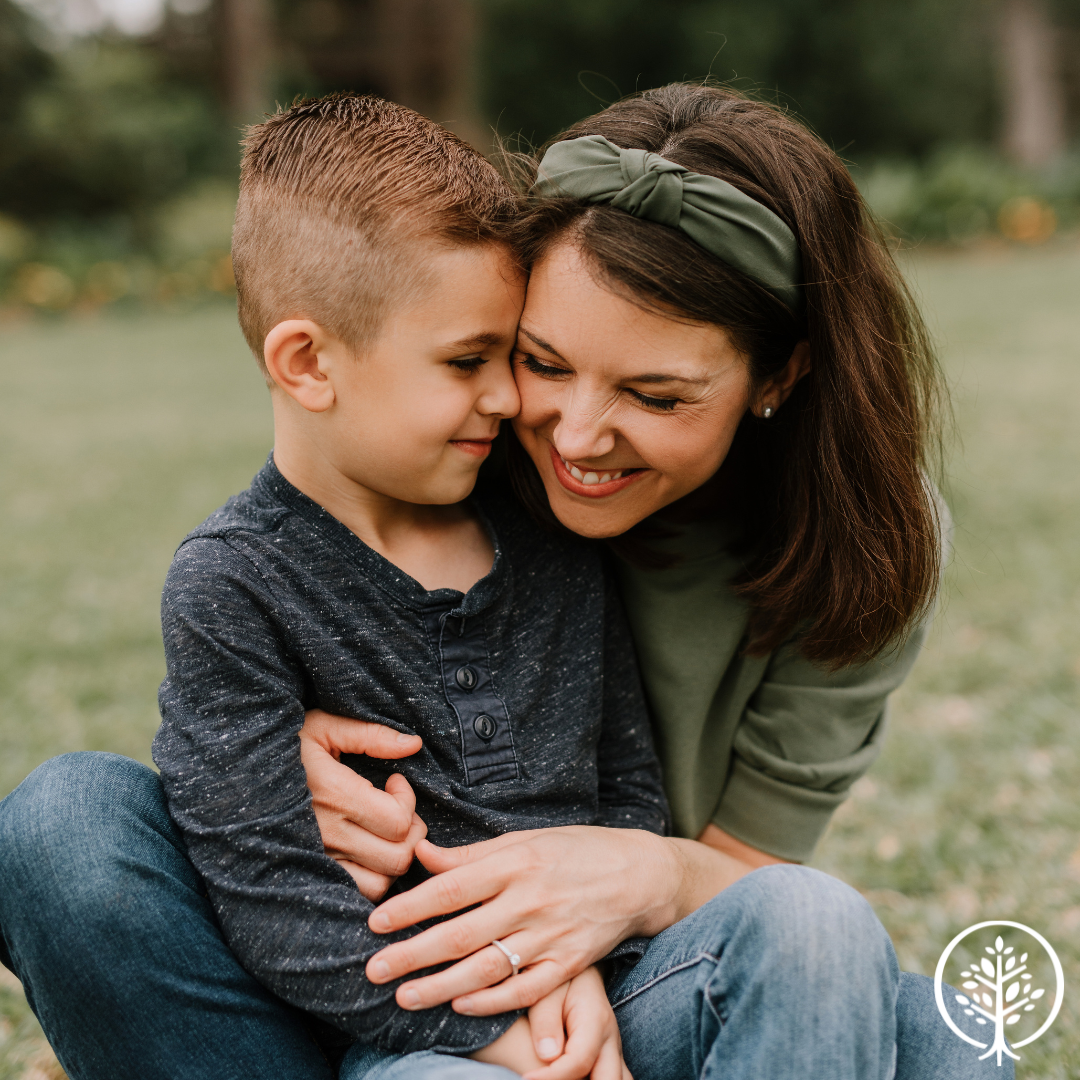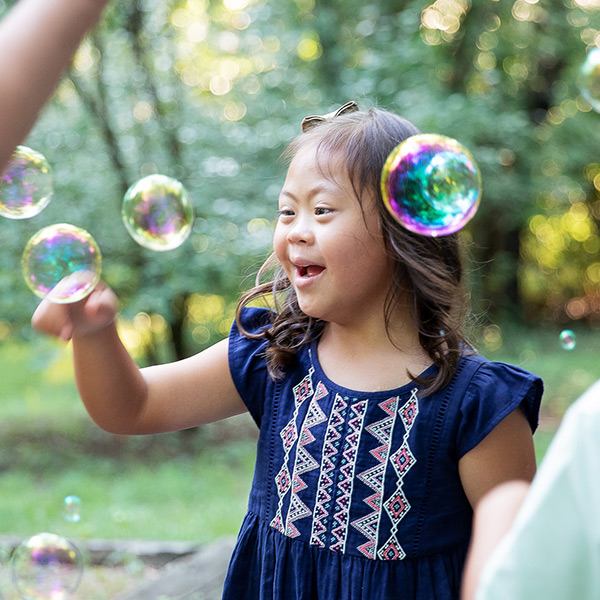Show Hope Book Club: It Takes More Than Love
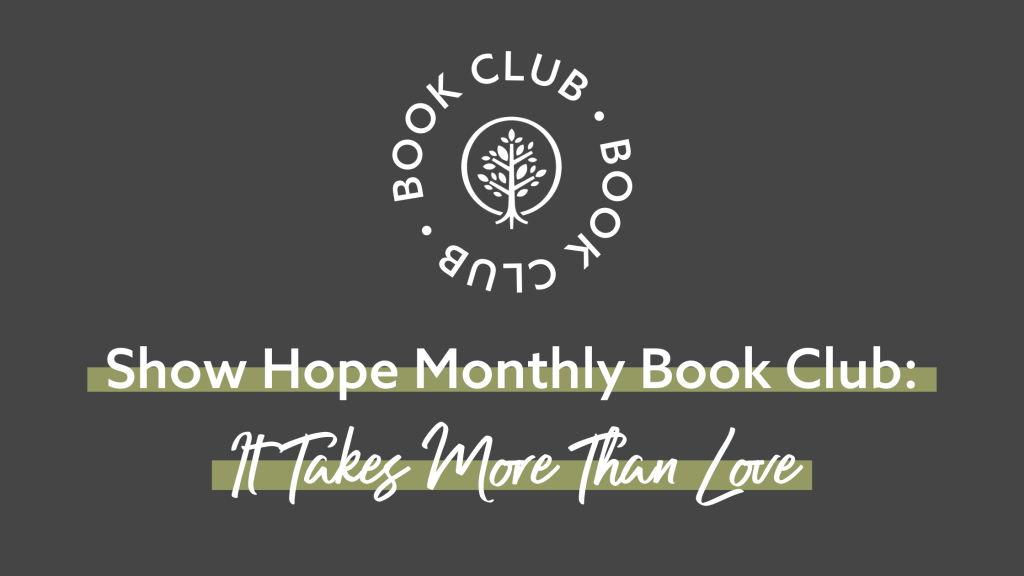
““It Takes More Than Love” is both convicting and encouraging, not only for adoptive parents but also for anyone in community with adoptive families,” Show Hope Manager of Communications Bethany Jones said. “Brittany Salmon does not shy away the challenges that come with transcultural adoption but also highlights the beauty of God’s design.”
We encourage you to follow the reflection questions and exercises located at the end of each chapter in addition to these questions to get started.
Chapter 1 – Welcome to the Journey
- The book begins by emphasizing the importance of viewing adoption through a lens of both/and not either/or. Thinking about either personal experiences or stories that you have heard, where have you seen this to be true?
- The author states that the goal of this book is “simply put another board in your bridge to creating a family where all members of the adoption triad are honored” (Page 21). What other “boards” does your family have in your “bridge?”
Chapter 2 – Shedding the Savior Complex
- “And yet, we have to ensure that when we’re living out our faith and being the hands and feet of Jesus, we’re not centering the narrative around us. We live out our faith in community with the marginalized and the oppressed and the orphans and the widows, rather than separated out as helpers or saviors. When it comes to transracial and/or transcultural adoption, the welfare of adoptees and birth families and single moms and expectant moms should be tied up, together, with our own family’s flourishing” (Page 27).
- Looking at the four areas listed on pages 28-30 (attitude, motive, posture, and impact), think about and discuss your own place in each of them.
Chapter 3 – Race-Conscious Parenting
- The encouragement from chapter three is to “take seriously the identity needs of your children.” Think about your children’s unique identity needs. What does this look like for your family? How are they different from one another’s identity needs?
- Discuss the quote “as Christians, we know that the unity of the body doesn’t mean we have to pretend that ethnicities don’t exist” (Page 43).
Chapter 4 – More Than Haircare
- Where can you incorporate routines and rhythms into your family that include “words that create space for beauty to grow?”
Chapter 5 – Offering Our Presence in the Hard
- Where have you seen “spiritual bypassing” (defined on page 68 as using “spiritual concepts, platitudes, or activities to ‘bypass’ or avoid dealing with your true feelings, especially the hard ones like anger, grief, fear, loneliness, envy, and shame”) happen in your community? Have you ever recognized yourself doing this to others?
- How can you better communicate to your children that you welcome talking about the hard parts of their stories with them?
Chapter 6 – Representation Matters
- Do each of your children have representation in “mirrors and windows” in the books they read, the movies and tv shows they watch, and the schools and churches they attend? What are examples? Which areas are lacking?
- Looking at each of the three tiers of representation, in which tiers does your family excel? Which tiers have room for improvement?
Chapter 7 – More Than Love
- Think about and discuss the following quote:
- “Adoption isn’t opening your home, letting a child in, and hoping that your parental love is enough. It’s loving a child so much that you’re willing to go meet them where they are, and together you and your family wrestle and rest in the love of an almighty God until we meet Jesus face to face” (Page 103).
- Where have you seen or experienced love being different from attachment? Do you agree that it is love that fuels the commitment to attachment?
Chapter 8 – Adoption: It’s Not About You
- Reflect on your own patterns of thinking about adoption. Do these tend to focus on you and your family, or the goal of finding a family for every child? What can you do to change this focus?
- Look at the ways that you can work on taking the focus off yourself: Listen to adult adoptees, honor and prioritize birth families, partner with an ethical adoption agency (explained in further detail on pages 124-128). Do you do any of these already? If so, what have you learned so far? If not, how can you incorporate them?
Chapter 9 – Adoption Allies
- Who are your adoption allies? Who could you be allies to?
- Look at the nine pointers for healthy adoption language listed on pages 139-146. Which of these do you see as easy to incorporate into your language? Which seems the most difficult?
Chapter 10 – Responding Well: The Power of Words
- Look at the descriptions for the three types of responses listed on pages 151-153, and take time to prepare appropriate responses for each of them for your family.
Chapter 11 – Kingdom Eyes and a Holy Imagination
- In your family’s adoption journey, what does it look like to honor each member of the triad as imago dei?
Join us in January as we walk through “Created to Connect: A Christian’s Guide to The Connected Child,” available to download for free from our friends and partners at Empowered to Connect.
